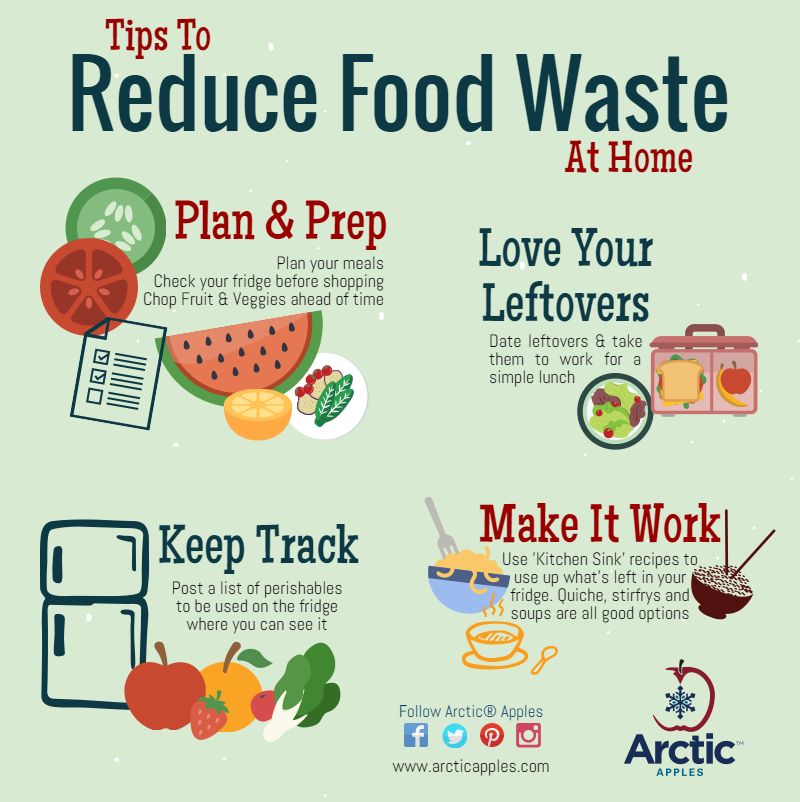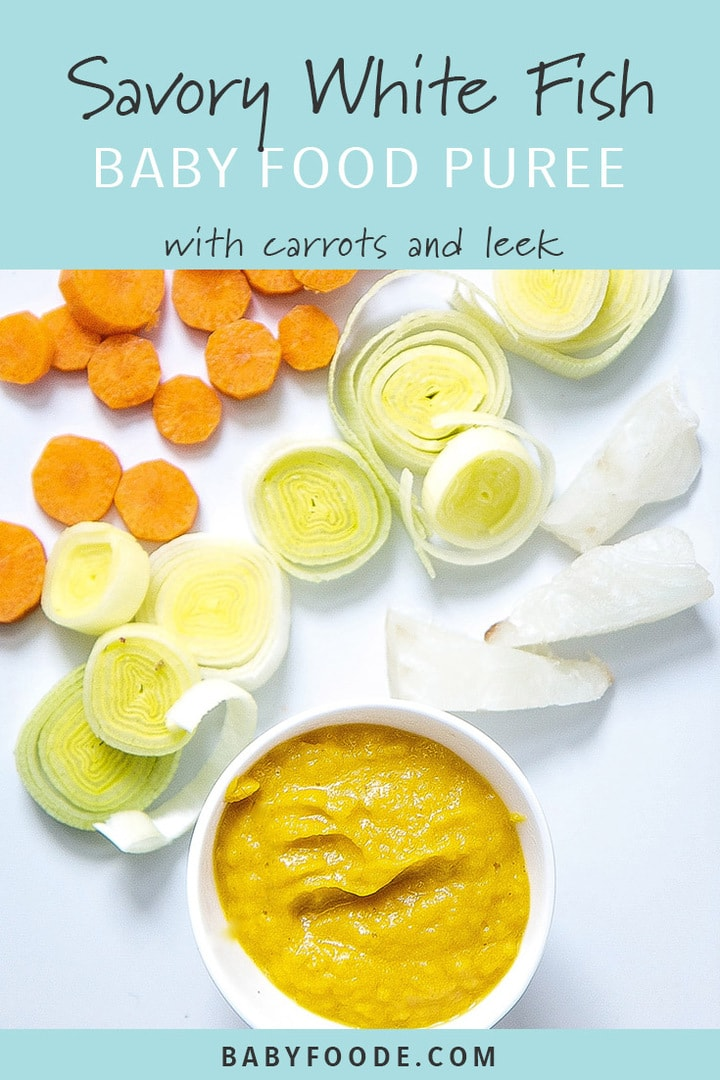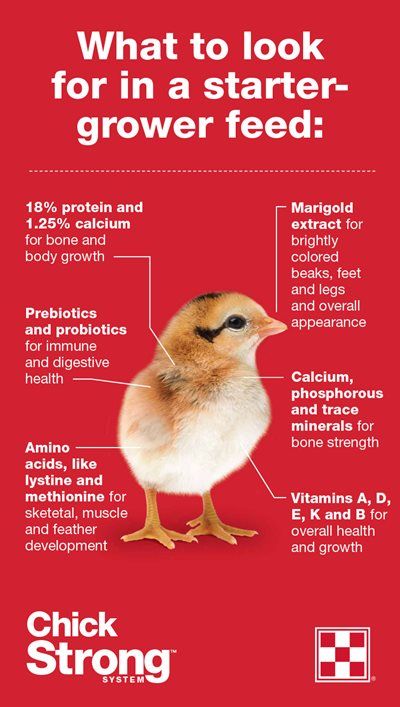Sustainable baby food
Organic, Zero-Waste, Natural Baby Food Brands
toggle
Home > Small Changes > Zero-Waste > What Is Zero Waste?
Source: Getty Images
In a market flooded with baby food products, finding the best organic or natural baby food isn’t always easy. Making baby food from scratch can certainly ensure freshness, but it’s also a time-consuming task for busy parents. Additionally, some babies tend to be picky about what they eat.
Luckily, these natural and organic baby food brands are designed to give your child all the nutrition they need without sacrificing flavor, and without costing you a fortune.
Article continues below advertisement
Why choose natural or organic baby food?
Simply put: organic baby food is going to provide your child with greater nutrition, without any of the added chemicals, GMOs, artificial colors, preservatives, or synthetic flavors found in some brands of conventional baby food. Regardless of the feeble arguments levied against the perceived superiority of organic food, research has shown that organic fruits and veggies contain more nutrients and antioxidants polyphenols than produce that has been grown conventionally.
According to Good Housekeeping, the USDA has strict rules and regulations regarding any certified organic foods, including baby food. That said, a fed baby is a happy baby, and feeding your baby fruits and vegetables, whether conventional or organic, is always nutritious.
Article continues below advertisement
Zero-waste baby food options
Those who are looking for organic baby food may find themselves looking for zero-waste baby food as well. Unfortunately, the lion’s share of baby food sold today is packaged either in plastic containers or pouches. And while the containers might be reusable, they are still plastic, and therefore not ideal. Luckily, you can recycle them through TerraCycle’s Zero-Waste Box program.
Article continues below advertisement
The best organic and natural baby food brands:
Source: Getty Images
Nearly all of the organic and natural brands of baby food on this list are at least partly sensible of their environmental impact. Some have moved to package their products in reusable, recyclable glass containers. In addition, several of the companies on this list have status as eco-friendly Certified B Corporations. Ultimately, though, there are not many strictly zero-waste baby food options out there besides making the baby food yourself and storing it in your own zero-waste containers.
Article continues below advertisement
Plum Organics
View this post on Instagram
A post shared by plumorganics (@plumorganics)
Plum Organics is a Certified B Corp that has achieved renown not just for its nutritious organic baby food, but for the fact that it is charitable, socially responsible, and environmentally conscious.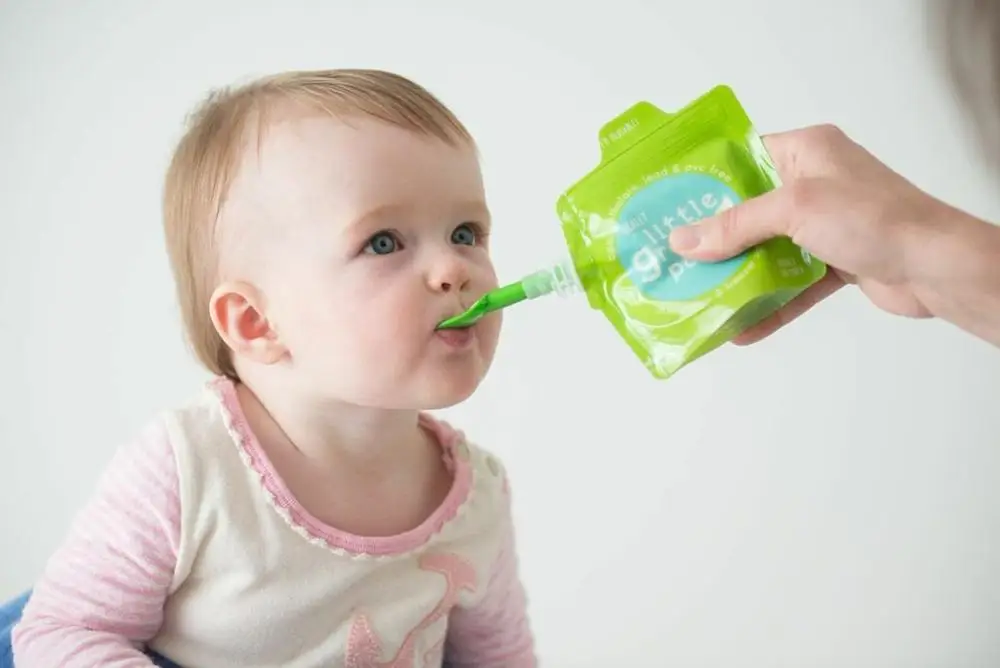 Though Plum Organics' innovative packaging is non-recyclable, it is lightweight enough to have a lower shipping impact than glass. Plum Organics offers an array of snacks, puffs, pureed baby food, and teething biscuits.
Though Plum Organics' innovative packaging is non-recyclable, it is lightweight enough to have a lower shipping impact than glass. Plum Organics offers an array of snacks, puffs, pureed baby food, and teething biscuits.
Article continues below advertisement
Beech-Nut
View this post on Instagram
A post shared by Beech-Nut (@beechnutfoods)
Beech-Nut is a brand with some history attached to it. The popular company has been making baby food since 1931 and the vacuum-sealed glass jars that it uses to transport its products have since become the industry standard in terms of baby food. The company also has a mind for sustainability and has the distinction of having the world’s first LEED-certified baby food production facility. Its baby food products are all-natural with no added sugars or preservatives.
Article continues below advertisement
Happy Baby Organics
View this post on Instagram
A post shared by Happy Baby Organics (@happyfamilyorganics)
Happy Baby Organics offers 100 percent USDA organic certified baby food, sold in the now-standard pouches and in traditional, recyclable baby food jars. Other product offerings include snacks such as puffs, crackers, and veggie straws, as well as meal bowls, cereals, and teethers.
Article continues below advertisement
Gerber Organic
View this post on Instagram
A post shared by @gerber
Another familiar name, Gerber is perhaps the most ubiquitous brand in terms of availability. Gerber’s organic line includes nutritious blends of fruit, vegetables, and grains, which are available in both pouches and glass jars.
Gerber’s organic line includes nutritious blends of fruit, vegetables, and grains, which are available in both pouches and glass jars.
Article continues below advertisement
On July 15, 2021, Gerber announced a new Climate Forward Nutrition ambition. As Gerber tells Green Matters in an email, as part of the ambition, the company is setting a goal for its organic line and natural food pouches and glass jars to be certified carbon neutral by 2022, and for the rest of its products to achieve the same classification by 2035. And Gerber isn’t just doing this via carbon offsets — the company is actually conducting research on farms, investing in regenerative agriculture techniques, and more.
Article continues below advertisement
Ella's Kitchen
View this post on Instagram
A post shared by Ella's Kitchen (@ellaskitchenuk)
Ella’s Kitchen likes to boast about how healthy and delicious its multi-ingredient purees, snacks, puffs, and ready-made meals are, and it has good reason to be so proud. Though the majority of its products are not sustainably packaged, Ella’s options are still a top choice for any who are looking to feed their baby the very best in natural, organic ingredients.
Though the majority of its products are not sustainably packaged, Ella’s options are still a top choice for any who are looking to feed their baby the very best in natural, organic ingredients.
Article continues below advertisement
Earth's Best Organics
View this post on Instagram
A post shared by Earth's Best (@earthsbest)
Like all the other baby foods on this list, Earth’s Best Organics are designed with the planet and our children’s health in mind. The company offers jarred and pouched puree options in three stages, which allow for an easy transition from food to food for new parents. The company also has snacks, teethers, and other edible baby products.
Advertisement
More from Green Matters
Latest What Is Zero Waste? News and Updates
Advertisement
The Best Organic Baby Foods of 2022
Feeding
written by JACLYN VORAN
The Everymom’s product selections are curated by the editorial team. If you buy something through our links, we may earn an affiliate commission, at no cost to you. We only recommend products we genuinely love.
If you buy something through our links, we may earn an affiliate commission, at no cost to you. We only recommend products we genuinely love.
It’s time to start your baby on solid foods—congrats! You and your baby have reached a big milestone.
If you’re anything like us, you may feel overwhelmed at where to start. It seems that everyone has an opinion on what’s best for babies when it comes to, well, just about everything—and starting solid foods is no exception.
Whether you’re taking the puree approach, diving straight into baby-led weaning, or some combination of the two, the most important thing is starting your baby off with a healthy and balanced diet. This means a wide variety of fruits and vegetables, whole grains, and low-fat dairy products (that don’t include milk since the American Academy of Pediatrics recommends breastmilk or formula until 12 months before offering them whole milk).
With so many baby food options out there today, it’s easy to get confused and to wonder what’s best or if there’s really any difference.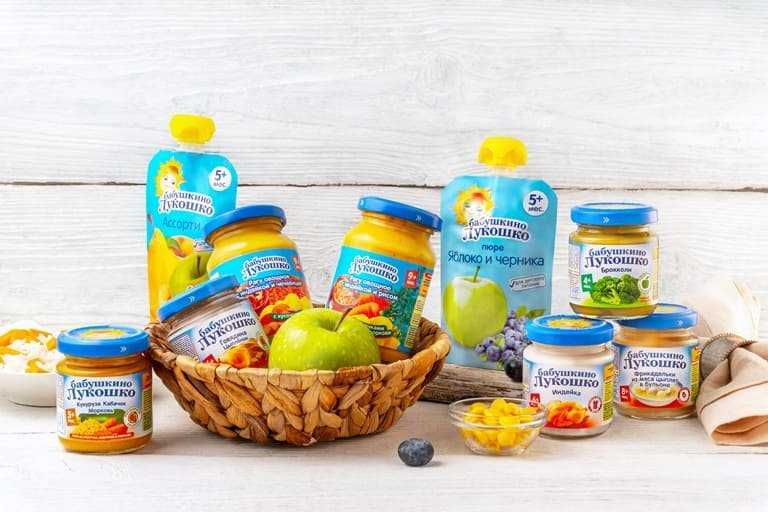
Is Organic Baby Food Actually Better?
Nutritionally, no. When it comes to chemicals and pesticides, yes.
Research does not suggest that organic food provides major nutritional benefits over non-organic food, according to the American Academy of Pediatrics (AAP). However, organic baby foods may have lower levels of certain pesticides and other chemicals, the AAP says.
The one thing all experts agree on is that offering your baby a wide variety of healthy options, whether they’re organic or not, is what matters most.
When Should I Start Giving My Baby Solids?
Most experts recommend waiting until your baby is 6 months old to start solids.
The AAP advises that you make sure your baby is physically ready for solids—they should be able to hold their head up and sit in a high chair or infant seat with good head control.
Another sign of readiness? They open their mouth when food comes their way or when they watch you eating. They may even reach for your food.
They may even reach for your food.
What Kind of Food Should I Give My Baby First?
To prevent choking, it’s best to start babies on soft or pureed food. Initially, you may want to limit foods to a single ingredient at a time for a few days to watch for any reactions before introducing a new one. After a couple months, your baby’s diet should include lots of different types of food, including breastmilk and/or formula, fruits, vegetables, meat, cereal, eggs, and fish.
Our Favorite Organic Baby Food Brands
Best Organic Baby Food Overall
Best Organic Baby Food Subscription
Best Personalized Organic Baby Food
Best Budget Organic Baby Food
Best Big Name Brand Organic Baby Food
- Tweet
- Pin
Formation of the domestic industry for the production of specialized products for young children
Milk is one of the most traditional foods on the table. Contrary to modern world trends and the growing popularity of lactose-free analogues, milk continues to be an integral part of the domestic consumer's grocery basket.
Contrary to modern world trends and the growing popularity of lactose-free analogues, milk continues to be an integral part of the domestic consumer's grocery basket.
Elena Simonenko
Head of the Department of Forecasting Technology Research and Innovative Development, Research Institute of Baby Food
Despite the fact that the Russian dairy market has been stagnating for the third year in a row, dairy products confidently hold the lead among food products, which allows the dairy market to take an honorable third place among all FMCG categories — 12.6% in monetary terms. At the same time, milk-based baby food is the most stable segment of children's products, which continues to show positive growth dynamics since the market crash in 2016. nine0003
All the best for kids. Guided by this rule, buyers are in no hurry to save on children's goods. Dairy baby food is a major contributor to the recovery of the dairy market, with a 24% share in 2018. Like hundreds of years ago, milk occupies one of the central places in the daily diet of children, due to its nutritional properties necessary for the healthy development of a growing organism.
Like hundreds of years ago, milk occupies one of the central places in the daily diet of children, due to its nutritional properties necessary for the healthy development of a growing organism.
Curds, yoghurts, kefirs, adapted milk formulas… We are so used to seeing all these products on store shelves that it seems that milk baby food has always existed. In fact, baby food is one of the youngest categories of the domestic FMCG segment, and the baby food industry in Russia began to emerge only in the last decades of the 20th century and largely owes its development to the Baby Food Research Institute. nine0003
From the first dairy kitchens to baby food research institutes: a brief history of the development of the infant food industry
The beginnings of the production of baby food in Russia appeared in the last century, when in 1901, at the initiative of the Russian Society for the Protection of Public Health, a drop of milk center was organized in the St. Petersburg city shelter for premature babies. However, this project was not widely adopted. nine0003
However, this project was not widely adopted. nine0003
After the revolution, the organization of the first dairy kitchens began at children's consultations, which played a huge role in preserving the life and health of children during the Great Patriotic War. In the postwar years, the first children's food products began to appear in children's dairy kitchens: curds, yogurts, milk and sour-milk mixtures and other products.
With regard to industrial production, the development of the domestic baby food industry is closely related to the creation of the Baby Food Research Institute in 1989, since it was this organization that laid the scientific foundations for the development of adapted milk formulas and complementary foods for young children.
In Soviet times, within the framework of the “State Program for the Development of the Baby Food Industry in the RSFSR”, more than 40 enterprises were built on the territory of the former USSR, manufacturing products for young children in order to fully meet the needs of young children in special and therapeutic foods.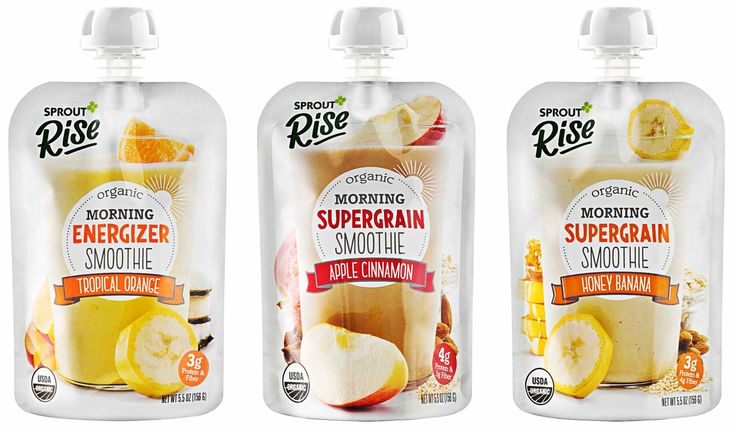 The section of scientific support for the production of baby food was entrusted to the Research Institute of Baby Food, all enterprises were built with the participation of the Institute and produced products and components according to technologies developed by the Research Institute of Baby Food. Including such largest dairy plants of children's products of the former Soviet Union: Volkovysk (JSC "Bellakt", Republic of Belarus), Istra (Nutritsia), Sibay (JSC "Sibaykonservmoloko"), Khorolsky ("Khorolsky plant of children's food products", Ukraine) and in 42 shops for children's dairy products at city dairy plants and a specialized plant in Lianozovo (Moscow). nine0003
The section of scientific support for the production of baby food was entrusted to the Research Institute of Baby Food, all enterprises were built with the participation of the Institute and produced products and components according to technologies developed by the Research Institute of Baby Food. Including such largest dairy plants of children's products of the former Soviet Union: Volkovysk (JSC "Bellakt", Republic of Belarus), Istra (Nutritsia), Sibay (JSC "Sibaykonservmoloko"), Khorolsky ("Khorolsky plant of children's food products", Ukraine) and in 42 shops for children's dairy products at city dairy plants and a specialized plant in Lianozovo (Moscow). nine0003
The Research Institute of Baby Food developed technological equipment, organized raw materials zones and specialized raw material bases, organized a system for selling products, and conducted training activities for specialized enterprises and baby food shops. An effective system of state control over the quality of raw materials used for baby food and finished products was organized. And most importantly, the production of special products for children in dairy kitchens was organized. The Baby Food Research Institute developed the concept of dairy cuisine. Liquid formulas for baby food were started in dairy kitchens. nine0003
And most importantly, the production of special products for children in dairy kitchens was organized. The Baby Food Research Institute developed the concept of dairy cuisine. Liquid formulas for baby food were started in dairy kitchens. nine0003
In subsequent years, the Institute also actively participated in the development and implementation of state programs such as in the early 90s "Creation and development of the production of baby food and fortified food products based on the scientific principles of rational and balanced nutrition", "Development of medical and biological justification, technologies, equipment and mastering the production of baby food. In the course of its implementation, for the first time, the Institute developed the compositions and technology of new generation dairy products, including those for premature babies, for children with allergies, for enteral nutrition of children and adults, biologically active additives, etc. nine0003
In 1995, the Research Institute of Baby Nutrition developed the Federal Target Program "Development of the Baby Food Industry for 1996-1997", which was included in the set of subprograms of the Presidential Program "Children of Russia". The program was first approved by the Government of the Russian Federation in 1993, and since August 1994 it has received presidential status.
In subsequent years, the Baby Food Research Institute plays a key role in creating a theoretical, methodological, technological, regulatory, documentation and information base, which is the basis for the development of the baby food industry in Russia. nine0003
In addition, the Research Institute of Baby Nutrition takes an active part in the development of draft laws. Thus, in 2017, on behalf of the Chairman of the Federation Council Valentina Matvienko, the Institute participated in the development of a draft federal law on baby food.
Today, the Research Institute of Baby Nutrition is the leading scientific organization in Russia in the field of the intersectoral baby food industry. According to the results of scientific activity, the Institute has more than 60 patents and copyright certificates. nine0003
The developed baby food products have been successfully introduced at many domestic and foreign enterprises: more than 200 product technologies for feeding children of various age groups; 5 technologies of raw materials and components and 15 methods for monitoring the quality indicators of baby food products.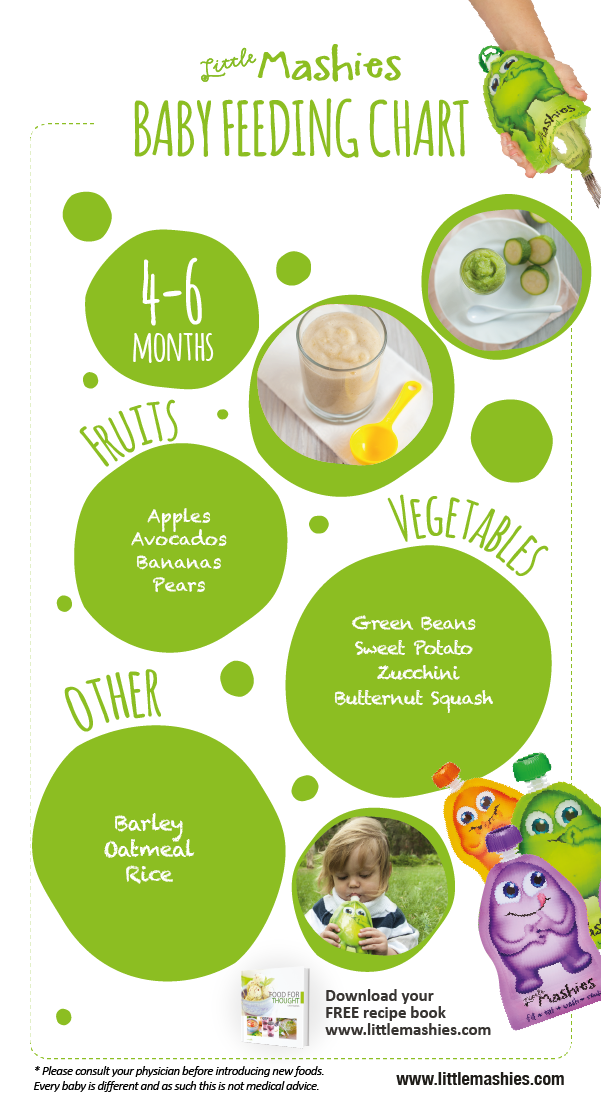
Prospects for the development of the milk-based baby food industry in Russia: a course towards expanding the range and import substitution.
Over the past years, the import substitution policy has affected almost all categories of goods, and baby food is no exception. In 2017, at the initiative of the Ministry of Agriculture of Russia, an interdepartmental working group was created, the main tasks of which are "the formation of measures aimed at the sustainable development of baby food production, as well as action plans for the transition to import substitution and export development." nine0003
Today, most of all BMS products on the Russian market are partly of foreign origin: the main players are Nutricia (Danone), Nestle and Abbott.
As for domestic companies, full-cycle BMS manufacturers are Infaprim JSC and PHARMALACT LLC. According to the Rusprodsoyuz association, domestic products show a positive growth trend in the market, but it is difficult to completely abandon imported products due to a lack of domestic raw materials and ingredients. nine0003
nine0003
Sergei Simonenko, Director of the Baby Nutrition Research Institute, confirms these data. According to the expert, in our country there is a shortage of modern full-cycle enterprises that not only produce a full cycle of BMS, but also process raw materials, as well as produce components and ingredients for baby food.
Solving import substitution issues requires a systematic approach. The BMS industry has working development models inherited from the times of the USSR. So at 19In 1991, in accordance with the Decree of the Council of Ministers of the RSFSR, the “State Program for the Development of the Baby Food Industry in the RSFSR” was approved, the task of which was to fully meet the needs of young children in special and therapeutic foods. To improve the management and coordination of work on the development of baby food, the Committee for the Production of Baby Food under the Ministry of Agriculture and Food of the RSFSR was created.
Within the framework of this program, more than 40 enterprises producing products for young children were built.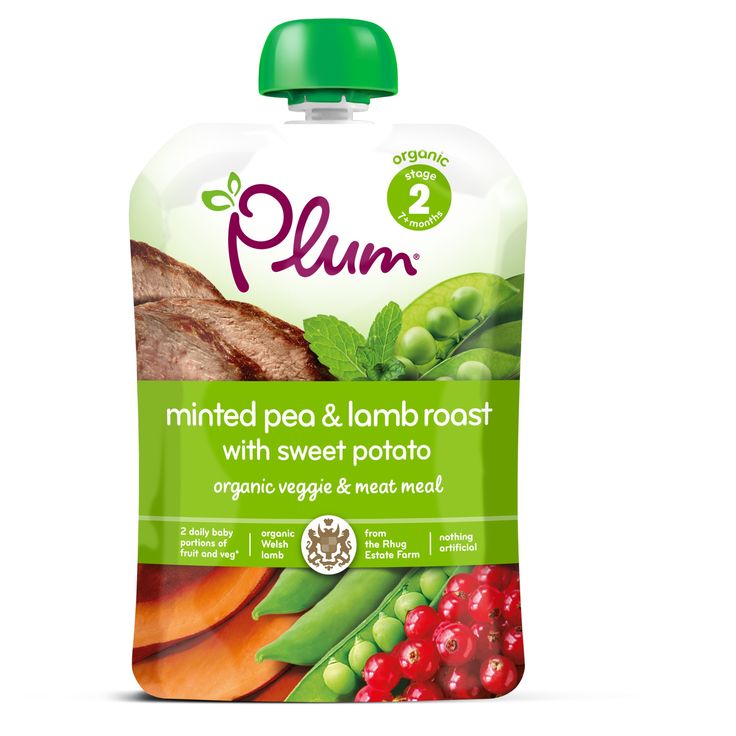 A system of benefits was created, subsidies were provided and the costs of farms and enterprises for the production of environmentally friendly agricultural raw materials, baby food and technological equipment were reimbursed. In addition, raw materials zones, specialized raw material bases and a system for selling products were organized, as well as training activities for specialized enterprises and baby food shops. nine0003
A system of benefits was created, subsidies were provided and the costs of farms and enterprises for the production of environmentally friendly agricultural raw materials, baby food and technological equipment were reimbursed. In addition, raw materials zones, specialized raw material bases and a system for selling products were organized, as well as training activities for specialized enterprises and baby food shops. nine0003
During the implementation of the program, it was possible to create an effective system of state control over the quality of raw materials used in the creation of baby food and finished products and organize the production of special products for children in dairy kitchens. The task of scientific support for the production of baby food was entrusted to the Research Institute of Baby Food.
This example demonstrates that with an integrated approach, Russian companies have the opportunity to gain an advantage in procurement tenders and significantly increase their competitiveness. nine0003
nine0003
Another important trend that needs to be taken into account when talking about the development of the baby food industry is the development of new generation products and innovative technologies. Today, a promising direction is the search for alternative types of raw materials and the creation of food and drink products for children on their basis. This category includes vegetable raw materials as a source of biologically active substances, new types of vegetable milk, combined milk of various types of farm animals used to create specialized products of increased biological value, milk that does not contain A1 beta-casein, goat's milk, mare's milk, etc. nine0003
Over the past few years, the Baby Nutrition Research Institute has been researching the composition and properties of goat, mare and other types of milk of animal origin in order to create new generation products with increased biological value, as well as developing lines of functional drinks based on components of plant origin.
According to the director of the Research Institute of Baby Nutrition, Doctor of Technical Sciences, Professor S.V. Simonenko in Russia, the number of newborns suffering from intolerance and allergy to cow's milk proteins is increasing every year. Increases due to environmental, genetic, social and other factors nine0003
Thus, the creation of new generation products from alternative types of milk, including those with the inclusion of components of plant origin, is one of the most promising areas for the dairy industry.
Currently, the BMS industry suffers from the lack of a systematic approach at the state level. Despite the fact that baby food plays a huge role in maintaining the health of the younger generation, this category has been neglected by the state for many years: the industry needs not only to implement programs to develop and support domestic enterprises, but also to adopt a number of regulatory documents in part baby food. nine0003
For this reason, the activity of the Research Institute of Baby Food is the cornerstone in the process of formation and successful functioning of the industry.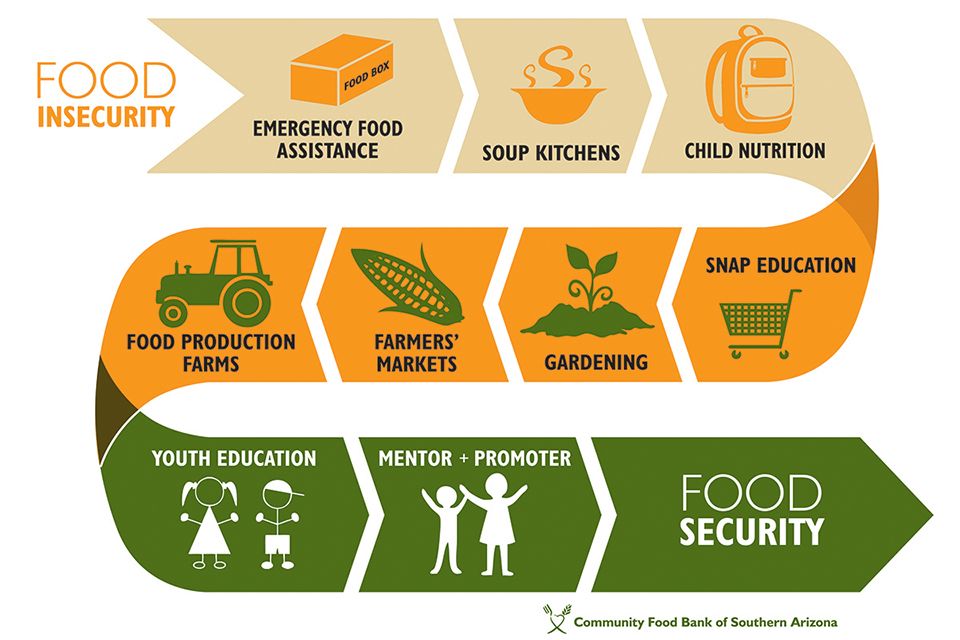 For 30 years now, the organization has been engaged not only in technical, methodological and regulatory issues, ensuring product safety, but also has been active in scientific activities, developing innovative technologies and recipes, thereby laying the foundation for the future development of the baby food segment in the dairy market.
For 30 years now, the organization has been engaged not only in technical, methodological and regulatory issues, ensuring product safety, but also has been active in scientific activities, developing innovative technologies and recipes, thereby laying the foundation for the future development of the baby food segment in the dairy market.
nine0080 Source
Leave a comment, give your opinion . Follow the news. Subscribe to email newsletter for the weekly "Children's Goods Industry Bulletin" and get the most important things about business in a convenient format! Share your news and place ads on our resources.
Sustainability | Tervisliku toitumise informatsioon
The food system, like any system of production and consumption, has an impact on the environment, health, social environment and the economy. To keep the environment livable for all now and in the future, we must also pay attention to our food from an environmental point of view.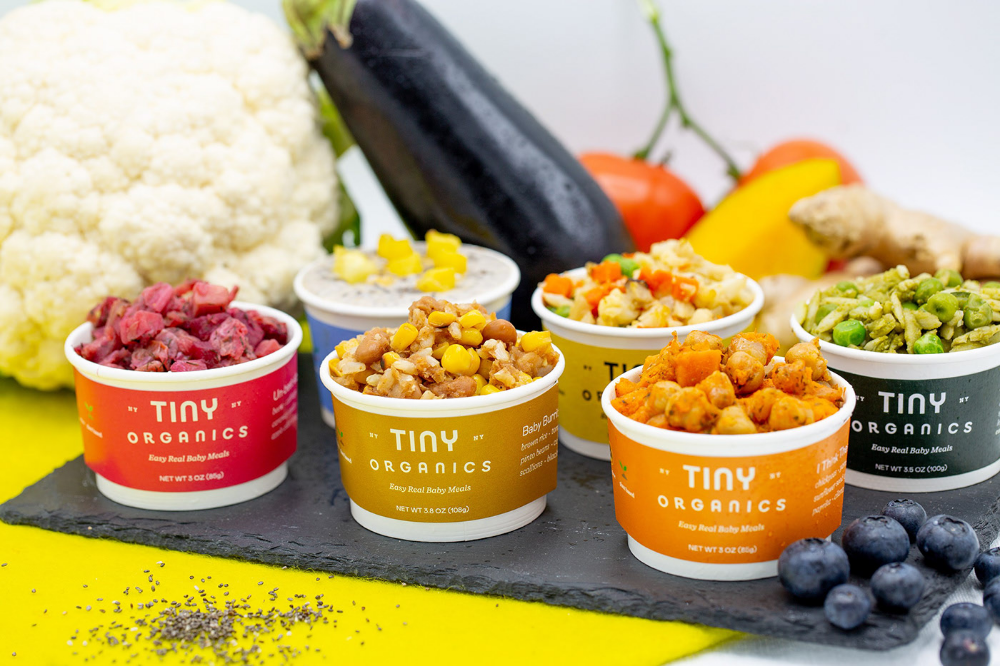 nine0003
nine0003
Today, the food industry (incl. production, transport, consumption) accounts for almost a quarter of greenhouse gas emissions in Europe. The impact of food consumption on the environment is mainly associated with the cultivation, production and processing of food raw materials, as well as with human consumption behavior.
Energy and water consumption, transport, land use, use of fertilizers and plant protection products, emissions from animal husbandry and waste generation. The direct impact on the environment is smaller, but still important. For example, trips to the grocery store, energy for food preparation and storage, and packaging waste and bio-waste (including food waste). nine0003
Sustainable food consumption is conscious, deliberate and varied consumption that takes into account the efficiency of food production, the kilometers transported for food and the amount of food wasted.
How to eat sustainably ?
- choose a biodiverse food, ie.
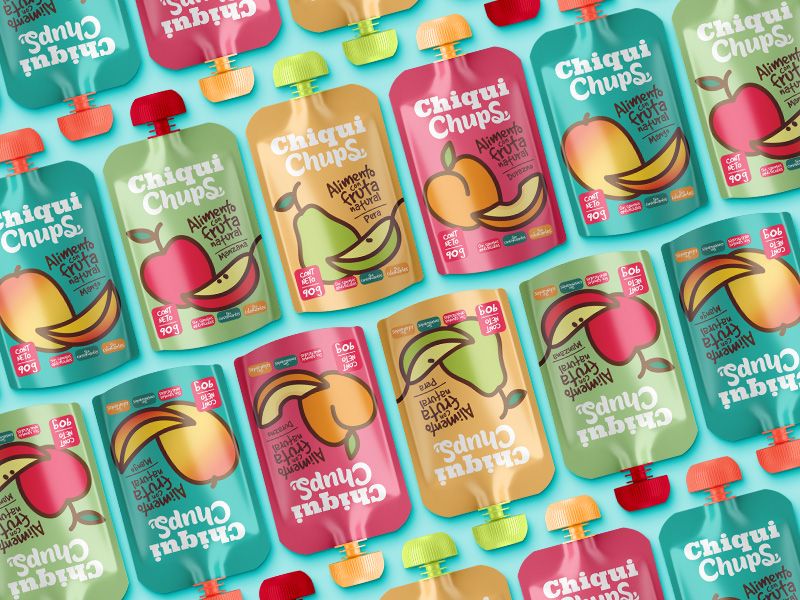 vary food both between food groups and within these groups;
vary food both between food groups and within these groups; - choose products that are produced as close as possible, local and seasonal, or self-grown where possible. nine0116
- when consuming meat, milk and their products, limit the amount indicated in the dietary recommendations;
- avoid wasting food and reduce food waste;
- Plan, prepare, store, and consume your food consciously and be aware of the broader impact of your habits.
In addition, sustainable food consumption has other benefits: maintaining soil fertility, paying workers more fairly, and providing sustainable, diverse and nutritious foods for present and future generations. nine0003
Assessing the impact of food on the environment
One way to compare the impact of food on the environment is to estimate how much protein is produced per kilogram of CO 2 . For example, in legumes, this figure is almost 16 times higher than in beef.
However, other factors, the impact of which is more difficult to assess, are of greater importance for the conservation of biological diversity and soil fertility.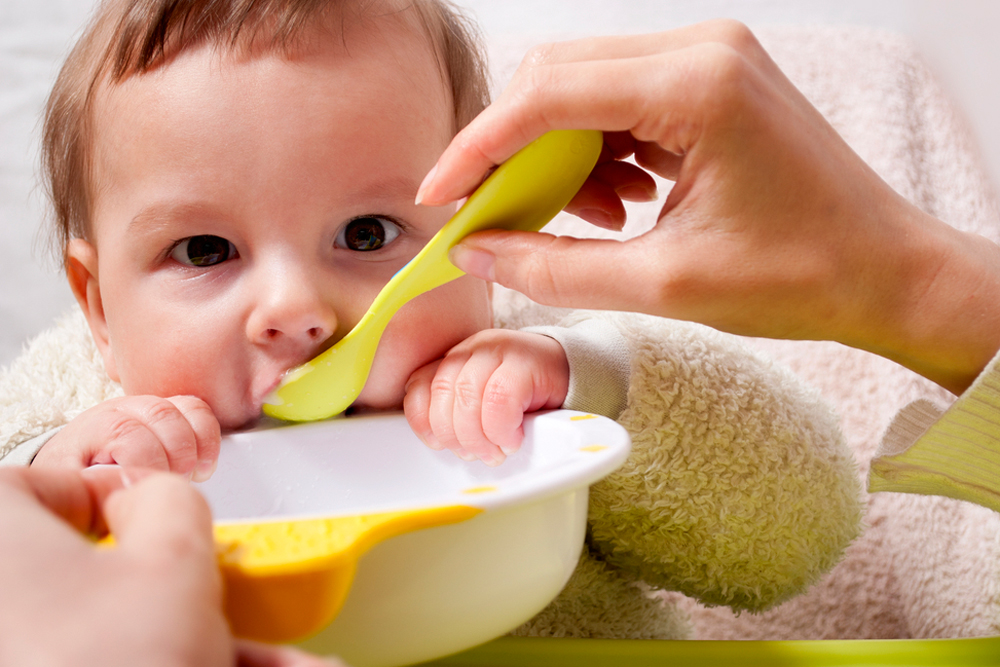 For example, only about a dozen plant species are known to account for 80% of all plant food consumed today, while there are more than 50,000 edible plant species.
For example, only about a dozen plant species are known to account for 80% of all plant food consumed today, while there are more than 50,000 edible plant species.
- Unjust salary 6
- Using children's labor
- Labor safety
- Available cost
- ACTIVITY ACTIVITY, etc.
9019 can be seen in the following table: 9000
| Tropical fruits and vegetables, which are delivered by aircraft beef Baranina Syr 9000 animal origin. In various Nordic countries, it has been found that up to half of the environmental impact of the food industry is due to the consumption of animal products. EU animal husbandry accounts for 13% of all greenhouse gas emissions in Europe.  This means that the consumption of food of animal origin has a serious impact on the environment. nine0003 This means that the consumption of food of animal origin has a serious impact on the environment. nine0003 Unfortunately, one-sided, energy-rich animal products are common today. The average per capita consumption of animal proteins (especially dairy and meat) in the European Union is twice that of the world average, and Estonia also eats more meat and meat products than recommended. However, in some cases animal husbandry can have a positive impact on the environment, for example in the case of ruminants that live on natural pastures and protect their biodiversity. nine0003 Follow the food guidelines Following the dietary guidelines leads to a greener dining table. The recommendations for nutrition and food in Estonia are mainly based on the recommendations of the Nordic countries. In a number of countries where they are followed, people who follow the recommendations have been found to have a lower environmental impact. In Denmark, it was found that, along with the implementation of the recommendations, the choice of products with a lower environmental impact from each food group has an even greater influence. Diversity in food choices is important for sustainable nutrition, which means both choosing from different food groups and varying food within a group. Organic foodToday, food production uses a large number of plant protection products that can harm the environment. Food production that does not use synthetic plant protection products is called organic agriculture. nine0003 Organic farming helps preserve biodiversity and prevent man-made chemicals from entering the earth's interior. At the same time, organic farming requires more land than other forms of agriculture. If desired and possible, you can give preference to organic food in order to reduce the impact of agriculture on nature. You can recognize organic products by the EU organic label or the Estonian Öko eco-label. nine0003
The EU organic product sign Estonian eco-digit Do not waste food In addition to choosing food products, it is very important that purchased and cooked food is not thrown out in vain. |

